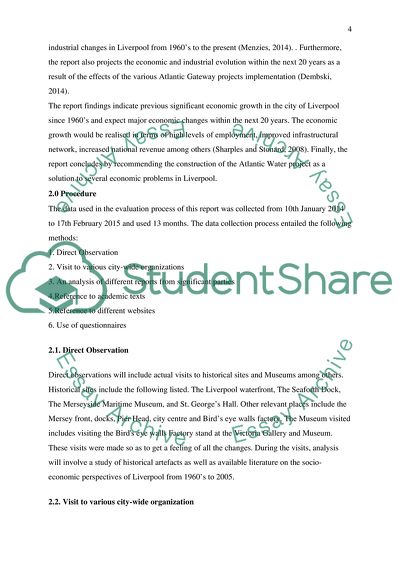Cite this document
(The Atlantic Water Business Development Research Proposal, n.d.)
The Atlantic Water Business Development Research Proposal. Retrieved from https://studentshare.org/environmental-studies/1860650-the-atlantic-water-development-business-report
The Atlantic Water Business Development Research Proposal. Retrieved from https://studentshare.org/environmental-studies/1860650-the-atlantic-water-development-business-report
(The Atlantic Water Business Development Research Proposal)
The Atlantic Water Business Development Research Proposal. https://studentshare.org/environmental-studies/1860650-the-atlantic-water-development-business-report.
The Atlantic Water Business Development Research Proposal. https://studentshare.org/environmental-studies/1860650-the-atlantic-water-development-business-report.
“The Atlantic Water Business Development Research Proposal”, n.d. https://studentshare.org/environmental-studies/1860650-the-atlantic-water-development-business-report.


